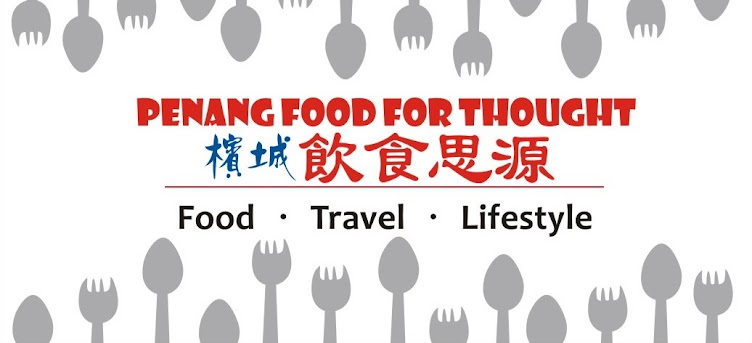In Penang, Hokkien Mee usually refers to the Spicy Prawn Mee. However, this coffee shop along Jalan Dato Keramat is home to a stall selling the KL-style Hokkien Mee. To be precise and unambiguous, it is better known as Hokkien Char (福建炒).
Actually, Hokkien Char can be found in many hawker centers around Penang, but they are shy from what KL folks can enjoy. This stall in Tong Hooi refuses to concede this fact.
The secret of cooking Hokkien Char lies in the chef's "fiery" skills. This means that the dish has to be stir-fried with hot fire in relatively short duration. If done correctly, the noodles and dark sauce retain the pleasant aroma that precisely defines this dish. The chef's reputation was justifiable, as we were highly satisfied with his cooking.
To supplement our cravings, we also ordered a smaller plate of Kong Foo Chow (广府炒). Instead of the flat noodles usually associated with this dish, the chef used the same thick yellow noodles as the Hokkien Char. The egg gravy is decent and acceptable, but still overshadowed by the earlier dish.
Actually, Hokkien Char can be found in many hawker centers around Penang, but they are shy from what KL folks can enjoy. This stall in Tong Hooi refuses to concede this fact.
The secret of cooking Hokkien Char lies in the chef's "fiery" skills. This means that the dish has to be stir-fried with hot fire in relatively short duration. If done correctly, the noodles and dark sauce retain the pleasant aroma that precisely defines this dish. The chef's reputation was justifiable, as we were highly satisfied with his cooking.
To supplement our cravings, we also ordered a smaller plate of Kong Foo Chow (广府炒). Instead of the flat noodles usually associated with this dish, the chef used the same thick yellow noodles as the Hokkien Char. The egg gravy is decent and acceptable, but still overshadowed by the earlier dish.



No comments:
Post a Comment